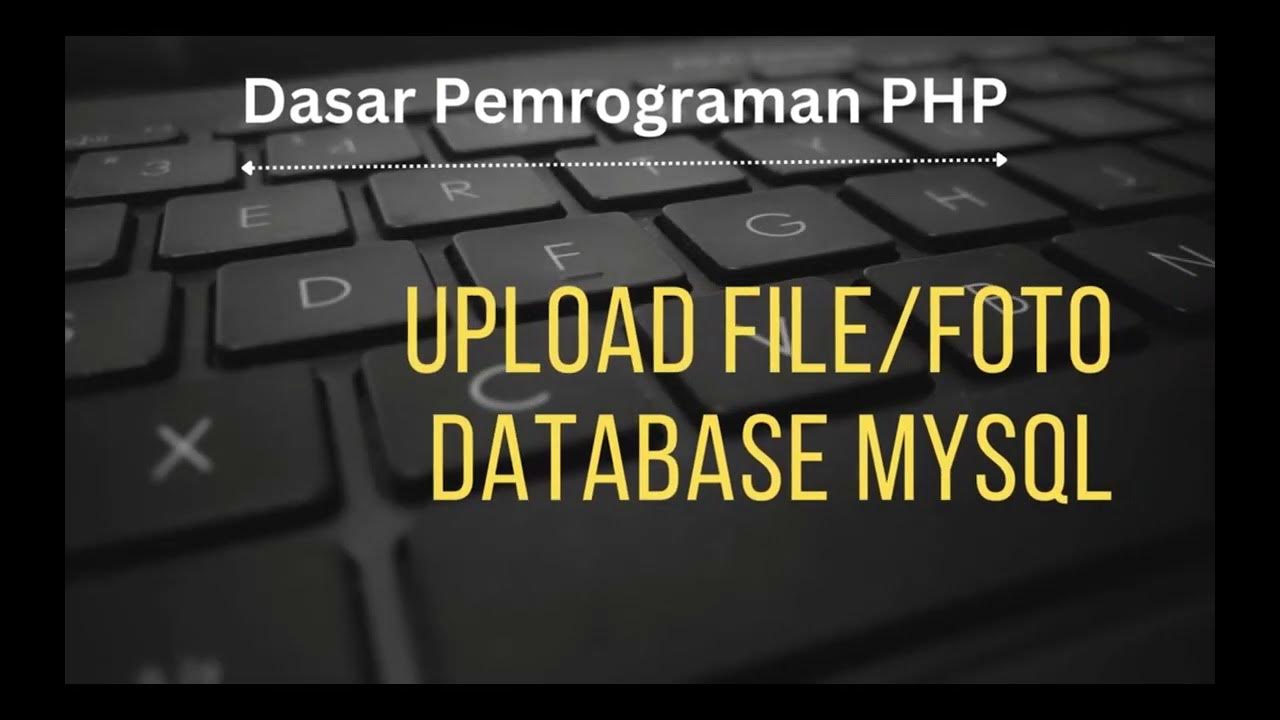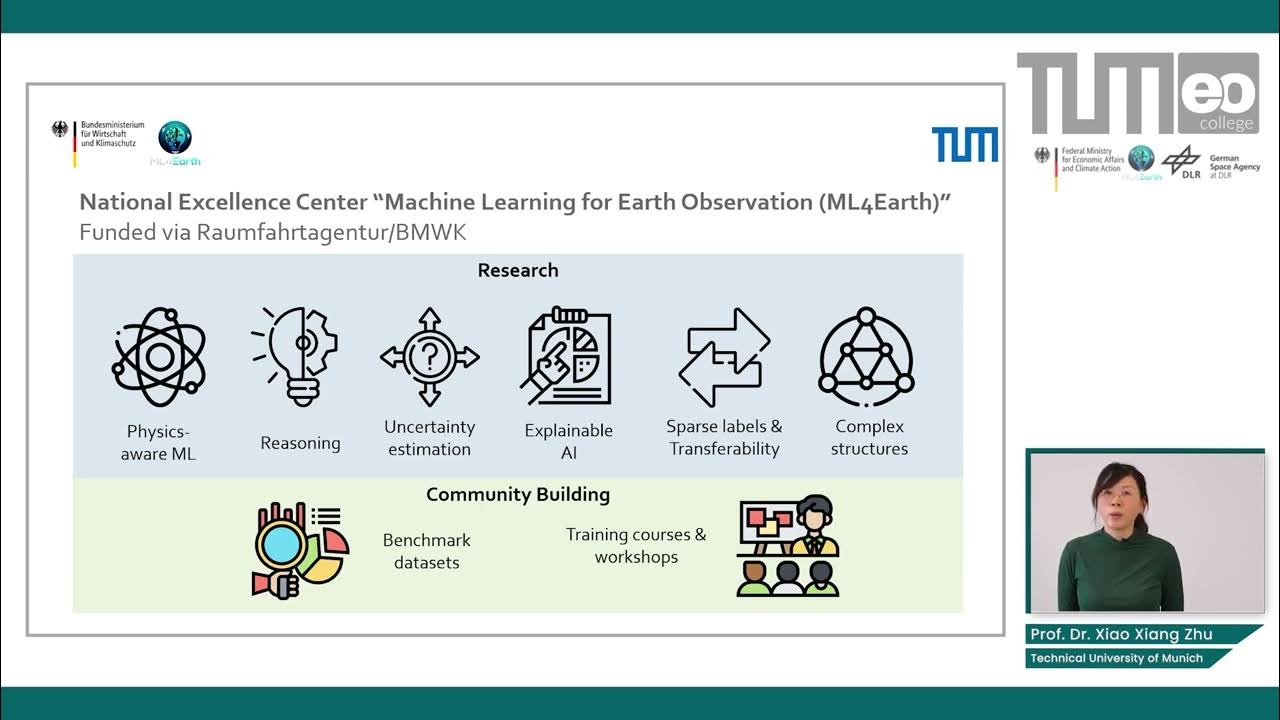Why Your Backend Shouldn't Serve Files
Summary
TLDRIn this video, the speaker discusses the challenges and solutions for serving large media files (like images and videos) at scale in web applications. Focusing on object storage solutions like Amazon S3, Google Cloud Storage, and Azure Blob Storage, the video explains how to effectively serve static assets with minimal maintenance, high scalability, and low cost. It also touches on the concept of serverless storage, the differences between traditional file systems and object storage, and best practices for serving media directly or through CDNs to optimize performance and reduce costs.
Takeaways
- 😀 Traditional web servers may struggle to serve large static media assets (images, videos) at scale due to bandwidth and performance limitations.
- 😀 Object storage systems like AWS S3, Google Cloud Storage, and Azure Blob Storage are optimized for handling large files and offer superior scalability and availability compared to traditional file systems.
- 😀 Serving media files directly from cloud storage (like S3) can reduce the load on your backend server and simplify scaling, allowing the storage provider to handle heavy traffic spikes.
- 😀 Cloud storage systems use a flat namespace for objects, unlike traditional file systems with nested directories, making them easier to scale across distributed systems.
- 😀 For large files like videos, streaming is more efficient than downloading entire files, as it allows for immediate playback and reduces unnecessary data transfer.
- 😀 Encoding videos in formats like MP4 with the 'moov atom' at the start of the file ensures fast start and enables streaming functionality.
- 😀 Adaptive streaming (using formats like HLS or MPEG-DASH) allows video quality to adjust in real-time based on the user's network conditions, providing a better viewing experience.
- 😀 Cloud storage systems like S3 offer serverless storage, meaning you only pay for what you use, making it cost-effective for scaling media delivery.
- 😀 To protect your S3 bucket, avoid enabling 'list' permissions for public access; instead, use 'get' permissions for specific file access to reduce exposure and prevent misuse.
- 😀 Implementing a CDN (Content Delivery Network) like CloudFront or Cloudflare in front of cloud storage can enhance performance, reduce costs, and provide DDoS protection.
Q & A
What is the primary problem discussed in the video regarding serving static media files?
-The primary problem is the difficulty of serving large media files (such as images and videos) at web scale, especially when server bandwidth and resources are insufficient to handle the high demand.
Why do media files like images and videos pose more challenges than typical JSON payloads in web applications?
-Media files are significantly larger than typical JSON payloads. For example, an image can be 10 times larger than a JSON payload, and a video can be 1000 times larger, which requires much more bandwidth and data management.
What is the distinction between traditional databases and file servers when storing data in a web application?
-Traditional databases (like PostgreSQL or MySQL) are used to store structured data, such as user information and links to media files. File servers, on the other hand, are used for storing large, unstructured data like images, videos, and documents.
What are the advantages of using managed cloud storage services like Amazon S3 for serving media files?
-Managed cloud storage services like Amazon S3 offer massive scalability, high availability, minimal maintenance, and cost efficiency, making them ideal for serving large-scale media without requiring infrastructure management.
How does object storage (like Amazon S3) differ from traditional file storage systems?
-In object storage, files are stored with a flat namespace and unique keys, not in directories like traditional file systems. Additionally, metadata such as permissions and modification timestamps are stored with the object itself, making it easier to scale across multiple servers.
What does 'serverless storage' mean, and why is it considered beneficial?
-'Serverless storage' means you only pay for what you use, and it scales automatically based on demand, with no need for manual server management. It's beneficial because it offers cost efficiency and high scalability without the need to handle infrastructure.
What is the key benefit of using Content Delivery Networks (CDNs) like CloudFront in front of cloud storage for serving media?
-CDNs like CloudFront improve performance by caching content closer to the user, reducing latency, enhancing load times, and providing an extra layer of security, such as protection from Distributed Denial of Service (DDoS) attacks.
Why should the 'list permission' be disabled on a public S3 bucket?
-Disabling the 'list permission' ensures that users cannot browse through all the contents of the bucket. It restricts access to specific files, preventing potential data exposure and reducing security risks.
What is the difference between downloading and streaming video files, and why is streaming more efficient?
-Downloading a video file means retrieving the entire file before playback, whereas streaming involves requesting small chunks of the file as needed, allowing immediate playback and saving bandwidth if the user stops watching before finishing the video.
How does adaptive streaming work, and why is it important for user experience?
-Adaptive streaming adjusts the video quality based on the user's available bandwidth, ensuring smooth playback even in varying network conditions. It improves user experience by avoiding buffering and ensuring video quality matches the user's connection speed.
Outlines

This section is available to paid users only. Please upgrade to access this part.
Upgrade NowMindmap

This section is available to paid users only. Please upgrade to access this part.
Upgrade NowKeywords

This section is available to paid users only. Please upgrade to access this part.
Upgrade NowHighlights

This section is available to paid users only. Please upgrade to access this part.
Upgrade NowTranscripts

This section is available to paid users only. Please upgrade to access this part.
Upgrade NowBrowse More Related Video

Cara Memperkecil atau Compress Ukuran File PowerPoint (PPT)

How to Find, Build, and Deliver GenAI Projects

Deep learning project end to end | Potato Disease Classification - 5 : Website (In React JS)

BELAJAR PHP : mengimplementasikan Upload File berupa Gambar/Foto ke dalam database MySQL melalui WEB

Google Chrome Engineer Reveals the Skills You Need to Succeed | Addy Osmani, React Summit & JSNation

AI and Data Science in Earth Observation - Large Scale Representative Annotated Datasets
5.0 / 5 (0 votes)